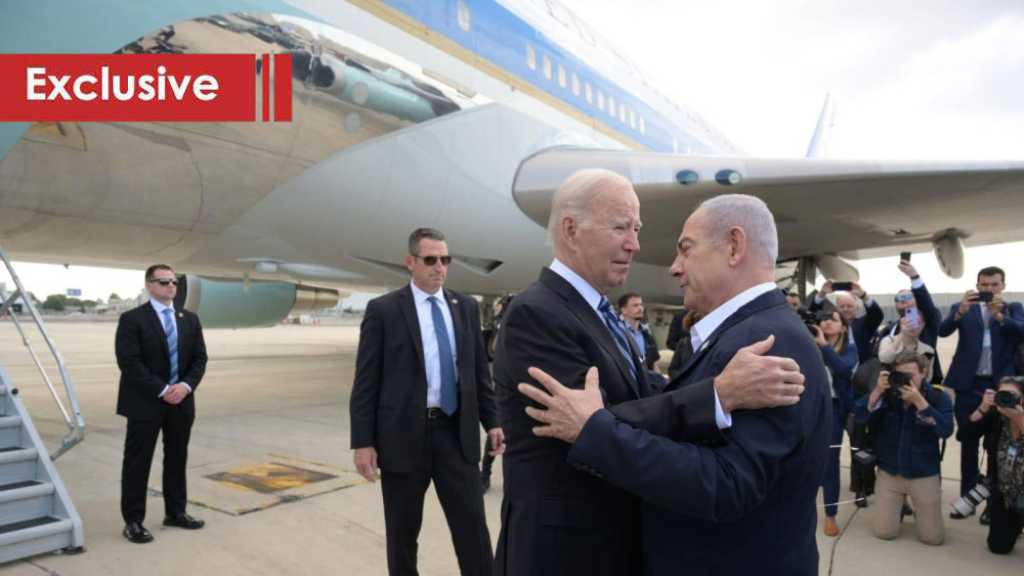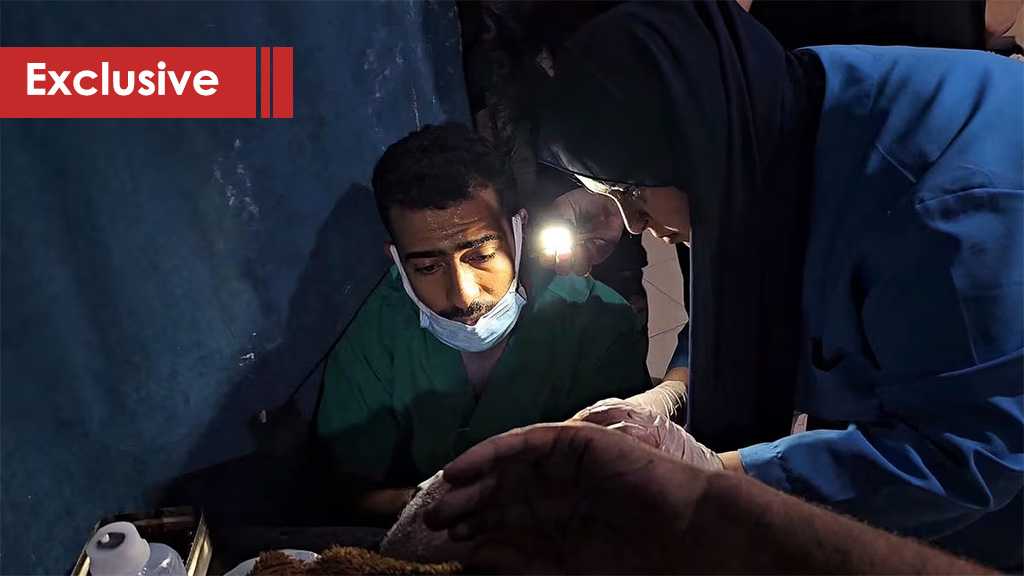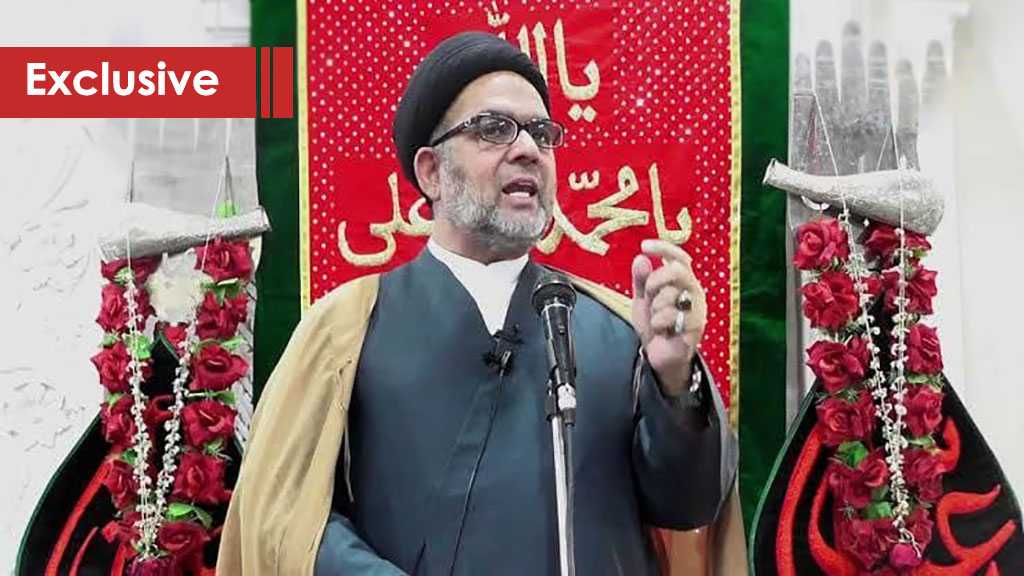
40 Years On: The History of Hezbollah’s Emergence [Part 2]
![40 Years On: The History of Hezbollah’s Emergence [Part 2]](https://english.alahednews.com.lb/uploaded2/images/20220622122958.jpg)
By Mohammad Youssef
Hezbollah officially announced its emergence in 1985 with an “open letter” that explained the nature and goals of the organization. But long before that, it has engaged in battling the ‘Israeli’ occupation and carrying out self-sacrifice operations against its forces inside the occupied territories in Lebanon.
One of the landmark self-sacrifice operations took place in the famous southern coastal city of Tyre, in 1982, and targeted the headquarter of the ‘Israeli’ occupation governor, turning it into debris and rubbles and killing more than 85 ‘Israeli’ occupation soldiers and officers.
The operation was, and continues to be, the strongest and most important single martyrdom operation against the ‘Israeli’ enemy.
Ahmad Kassir is the name of Hezbollah’s martyr who carried out the heroic and historical operation. He was immortalized as the opener of the self-sacrifice operations era within Hezbollah ranks, and among the followers and supporters of the resistance.
The operation represented a devastating blow to the ‘Israeli’ enemy, and it portended the beginning of the end of this occupation.
The occupied territories in South Lebanon and West Bekaa witnessed continuous and intensified military operations against the ‘Israeli’ occupation forces.
The enemy was in continuous need to change its tactics because a serious, devoted, a well-trained, and organized resistance was there to target the occupation forces.
Before the liberation of most of the occupied Lebanese territories in 2000, two very important wars took place; the first one was in July 1993, the ‘Israeli’ enemy called it “Operation Accountability,” and the second one took place in April 1996, the enemy called it “Grapes of Wrath” war.
Both wars were very destructive. The second one was tragic and witnessed many ‘Israeli’ massacres, the most notorious among them is the Qana Massacre where around 110 Lebanese, mostly children, women and elderly were martyred when ‘Israeli’ occupation forces targeted them after they took shelter for safety in one of the United Nations Forces centers in South Lebanon.
Aside from the savage ‘Israeli’ brutalities, both wars added up to the strength of the resistance, especially the April War.
The resistance yielded a huge military victory along with a great political success when Lebanon reached an agreement called “April Understanding,” which gave the resistance the due right to target any ‘Israeli’ force, through which the party gained a kind of international legitimacy.
The extended resistance-led military confrontations scored recorded a historical achievement that was translated in the great liberation of May 2000.
The ‘Israeli’ occupation forces withdrew from most of the Lebanese territories with the exception of Shebaa Farms and Kafarshuba Hills…
To be continued...
Comments
- Related News



